5 Foods That Supercharge Your Fat Burning on GLP-1 Medicines, Coach Reveals

If you are taking GLP-1s – Wegovy and Ozempic included – you are probably very serious about losing weight. Dustin Holston (@dietcoach4u) is a diet and fitness coach who specializes in programs for people who are on these types of drugs and has amassed a large following on TikTok. He often shares videos about how to maximize weight loss while getting the jabs – including a recent viral video about the types of food you should be eating. "My favorite food groups to maximize your results on GLP-1 medicines," he says. "My name is Dustin. I work with over 4,000 clients all around the world, and we specialize in maximizing results on GLP-1 medicines. So I'm going to break this down into several food groups." We also asked The Diet Diva, Tara Collingwood, MS, RDN, CSSD, LD/N, ACSM-CPT, a Board Certified Sports Dietitian, for her input.
Protein
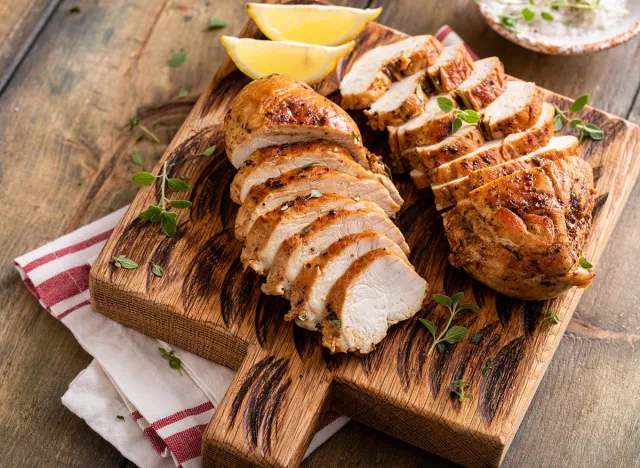
The first group is protein. "Guys, this is incredibly important. It's going to help you prevent muscle loss. It's going to help you increase your metabolism. It's going to help you increase fat burning," he continues. "It's going to help you reduce the chances of Ozempic face and Ozempic butt. It's going to help with hair, skin, nails, and more. "
Best Protein Sources
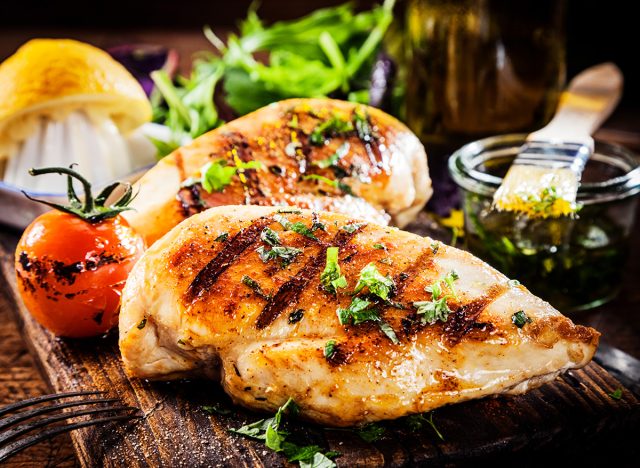
He goes on to list his "favorite sources" of protein, including chicken breasts, "obviously 96% lean ground beef is great for pasta and nachos and tacos and more," center cut pork loins, "seafood obviously good, level one protein shakes, and sirloin steak are below in leanness, so like flank steaks," he says. "Cool things like that. Got to get that protein up." Collingwood agrees that protein "is absolutely necessary for everyone but especially when you are reducing your food intake and trying to lose weight," she says. "Protein provides satiety and also supplies your body with necessary vitamins and minerals that tend to be high in protein foods. Going for lean sources of animal protein is great for continuing to keep calories down."
RELATED: What a Nutritionist Eats in a Day for Fat Loss
Carbs
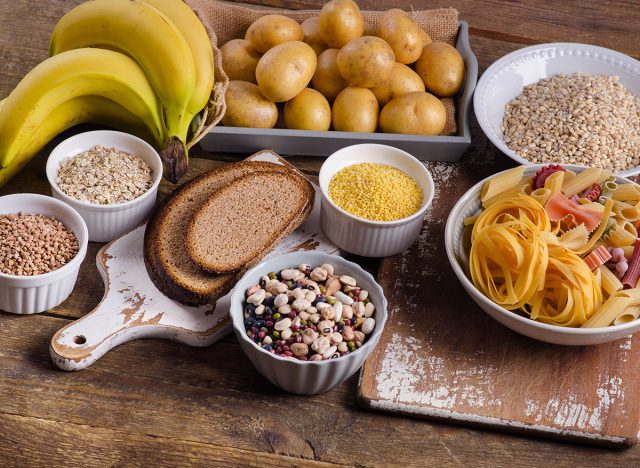
The second group is carbs. "You do not want to eliminate carbs on these medicines," he reveals. "One of the main benefits of these medicines is optimizing blood glucose and insulin, so you can teach your body how to ingest carbohydrates correctly. You don't want to go crazy, but you also don't want to go too low. Definitely don't want to go too low." Collingwood agrees. "You definitely need carbohydrates and the nutrients and fiber that carb-containing foods can provide. Carbs are your body's preferred source of energy, so you need carbs," she says.
Best Carb Sources
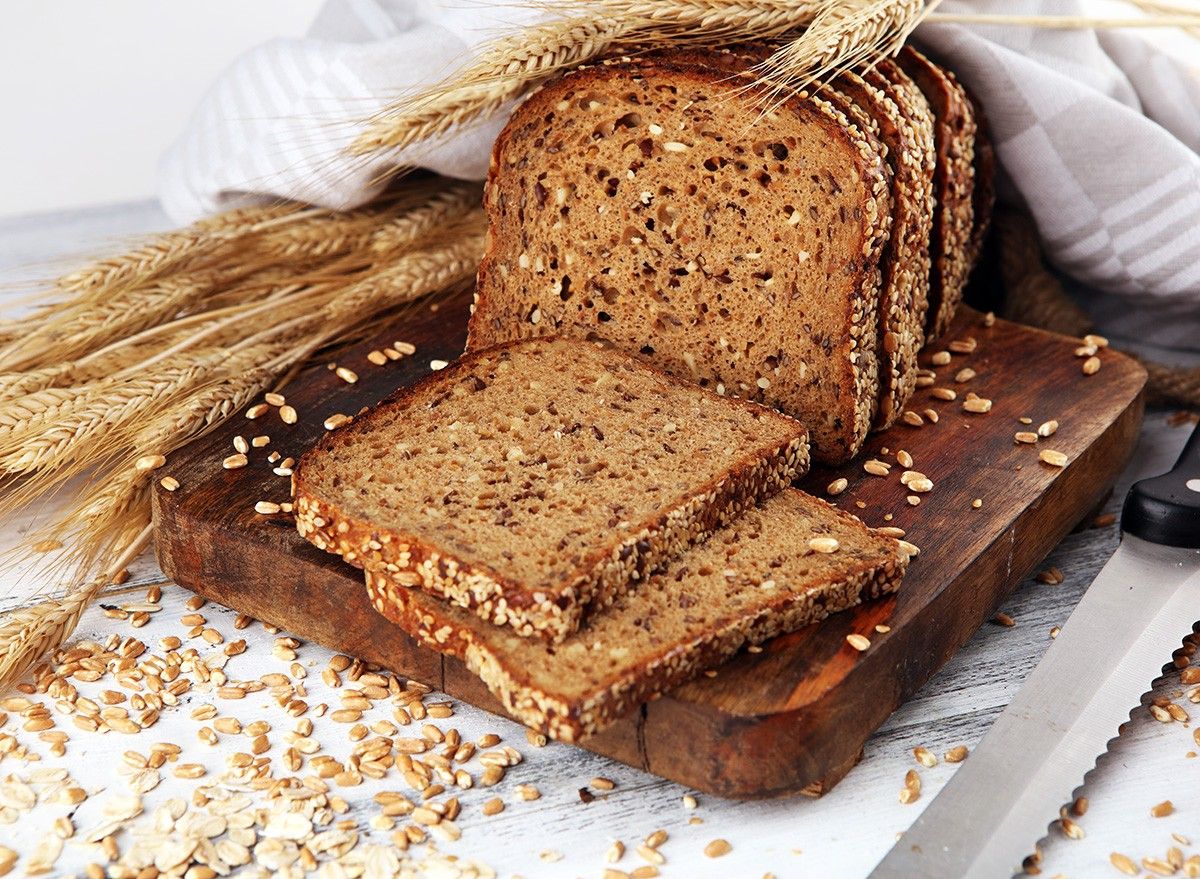
"Whole grain bread is phenomenal. We like whole-grain pasta. Eat some higher protein pasta, like chickpea pasta, Banza pasta, or Barilla, high protein pasta. Get yourself some fruit. Get yourself some rice. I don't care if it's white rice, brown rice, whatever. Get yourself some potatoes. I don't care if it's white potatoes or sweet potatoes. Get yourself some oats. Things like that are going to help you get the vitamins, minerals, unique. We get a lot of 'em from carbohydrate-based foods. Help with fiber, help with more." Collingwood is totally on board with all of his carb ideas.
Vegetables
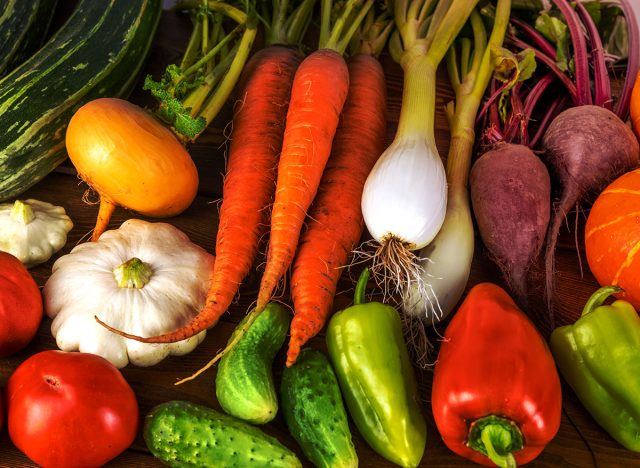
The third group he recommends is vegetables. "Veggies are incredibly important on GLP-1 medicines because they provide a ton of the vitamins and minerals that we need." He recommends any veggies, but the cooking method matters, he points out. For example, no deep frying. "Broccoli, your asparagus, your cauliflower, green beans, they're all about equal. Get yourself some veggies. Okay?" he says. "Veggies are carbs and also fiber," adds Collingwood. "Load up on fresh, raw, sautéed, juiced, and roasted veggies."
RELATED: Is REHIT the New HIIT?
Healthy Fats
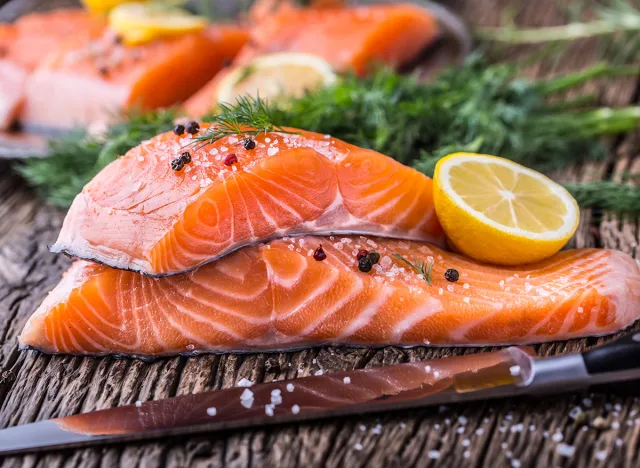
Healthy fats are also important for hormonal health, he adds. "Like nuts and fatty fish like salmon are also very important," she says. "Dietary fat is necessary for nutrient absorption and hormone health. Make sure you have some foods that have fat in daily," says Collingwood, recommending avocados, nuts, dairy, and fatty fish, foods "that are also nutrient dense along with the fat."
Cheat on Occasion
@dietcoach4u My favorite foods to maximize results on GLp-1 medicines like ozempic wegovy mounjaro zepbound and more #diet #weightloss ♬ original sound – Dustin Holston
He adds, "If you eat those and eat a well-balanced diet, give yourself some cheat meals. Occasionally, you're going to maximize your results on GLP-1 medicines. You're going to improve your energy systems. You're going to improve your immune health, and you're just going to feel a heck of a lot better."
💪🔥Body Booster: Just because you are on a GLP-1 medication doesn't mean you can overlook nutrition. To lose the most weight and keep it off, fuel your body with healthy fats, lean protein, fibrous foods, and good sources of carbs.




